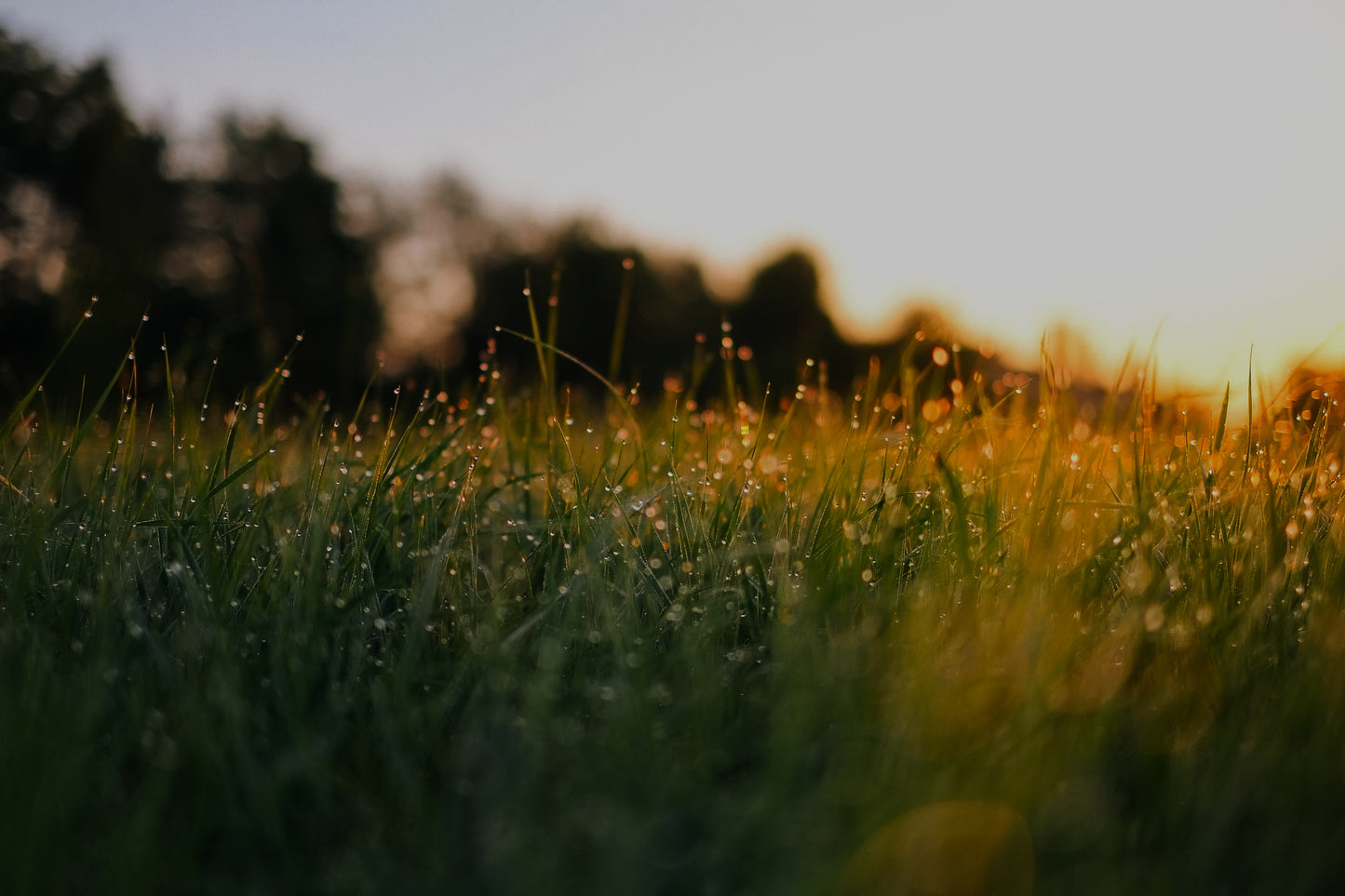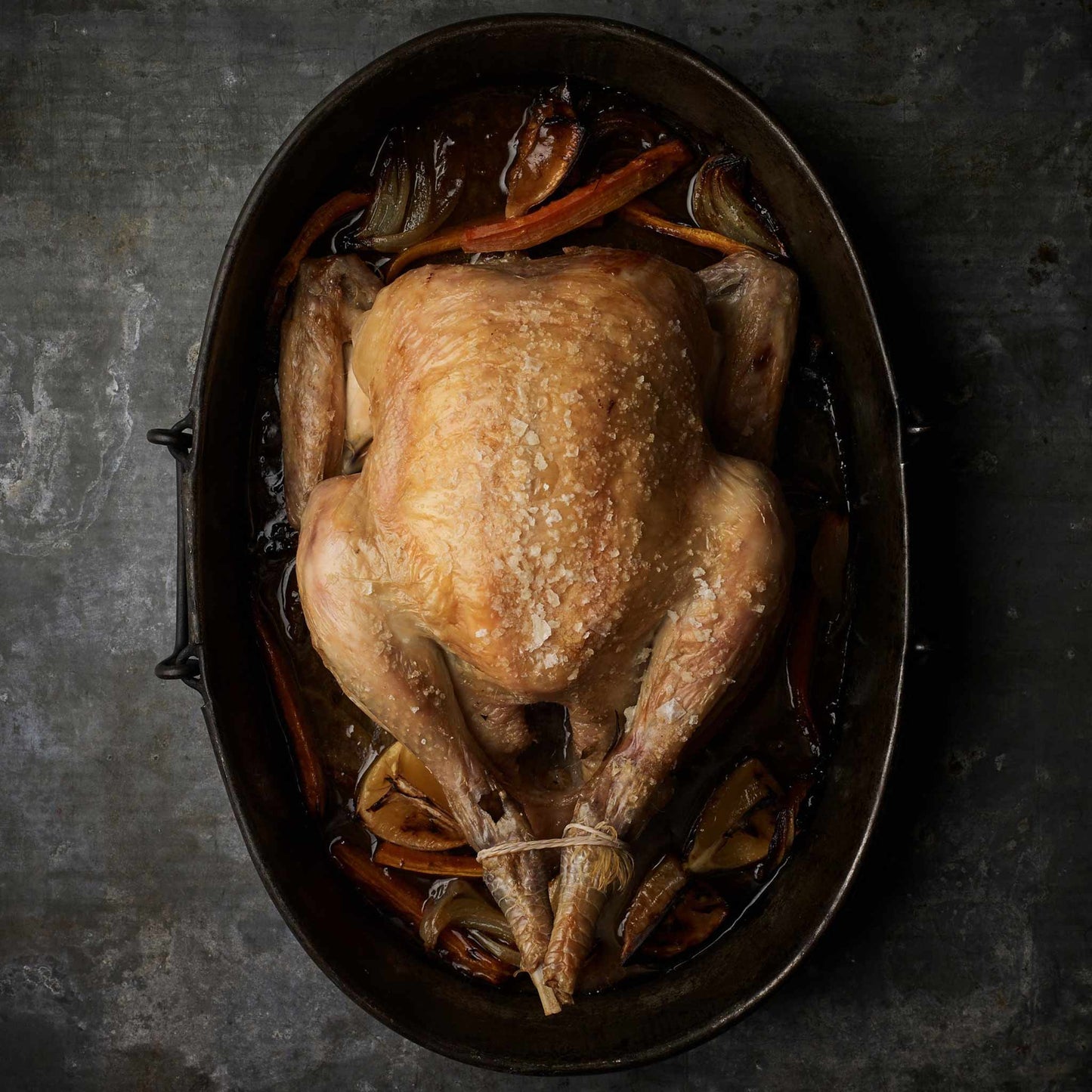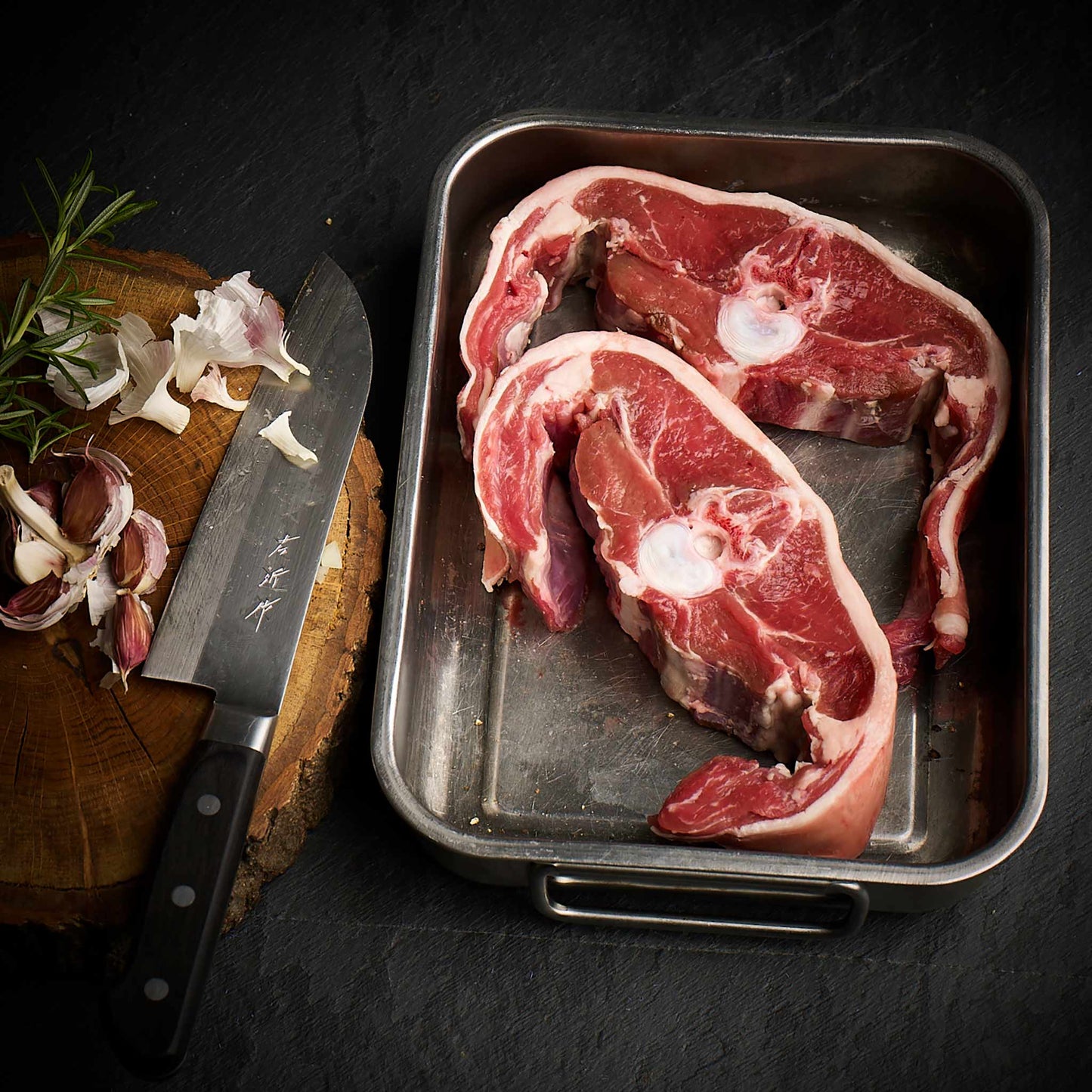We source our chicken from one farm in Leicestershire. The farm is Pasture for Life certified and rears truly free range, outdoor birds.

It all starts with photosynthesis, that incredible process that takes just sunlight, water and air and converts it into food.
We've started driving around the country visiting the farms who soon be our suppliers and we had a lightbulb moment, or to quote from a movie… like I was shot… like I was shot with a diamond… a diamond bullet right through my forehead. The realisation that everything we eat in a cycle of nature comes from just sunlight and water and how utterly incredible that is. The farmers we met recently have no other inputs, they are just custodians of nature, carefully helping a process that has happened for millions of years.
It's hard for us to consider carbon dioxide, sunlight and water as food as none of them contain any accessible calories to us but that is all that nature requires.
A simple word equation that can be used to describe the process of photosynthesis is carbon dioxide + water —> glucose + oxygen + water. A balanced chemical equation for the process can be written as 6CO2 + 6H2O —> C6H12O6 + 6O2. Overall, photosynthesis uses light energy to convert carbon dioxide into a carbohydrate, in the case of agriculture this is either plants for us or food for the animals we eat.
Grass can convert some of this glucose into another carbohydrate called cellulose, cellulose consists of hundreds – and sometimes even thousands – of carbon, hydrogen and oxygen atoms, it is the main substance in the walls of plant cells, helping plants to remain stiff and upright and we humans cannot digest it.
Grazing animals such as cows and sheep can't directly digest cellulose either but they have adapted to be able to extract nutrition with the help of bacteria.
When a ruminant eats grass, the grass is chewed and swallowed and mixed with saliva. Cows in particular create a lot of saliva.
It travels down the esophagus and into the Rumen.
The Rumen is a fermentation tank. There the grass and hay is fermented. The acid in the Rumen is offset by the alkaline saliva and this keeps the pH in the right range for the fermentation to take place.
The new hay and grasses float in the middle of the Rumen with the gasses floating to the top and the older grasses and hay sinking down.
Microbes work on breaking things down and over time the smaller particles end up moving through to the Reticulum and then into the Omasum where some absorption takes place.
The Omasum contracts and slowly moves the solid materials into the Abomasum, which is the actual stomach. It contains acids and breaks down things further.
So this four compartment "stomach" is able to break down all that cellulose (grass and hay and stuff like that) effectively to produce volatile fatty acids. That's where the ruminant gets its energy.
So cows are actually fuelled by fats, not carbohydrates but the volatile short chain fatty acids produced by the bacteria fermenting the cellulose. Their bodies can use this energy and building blocks to create proteins and fats that can then fuel our bodies
All from just sunlight, rainwater and air. Incredible.



